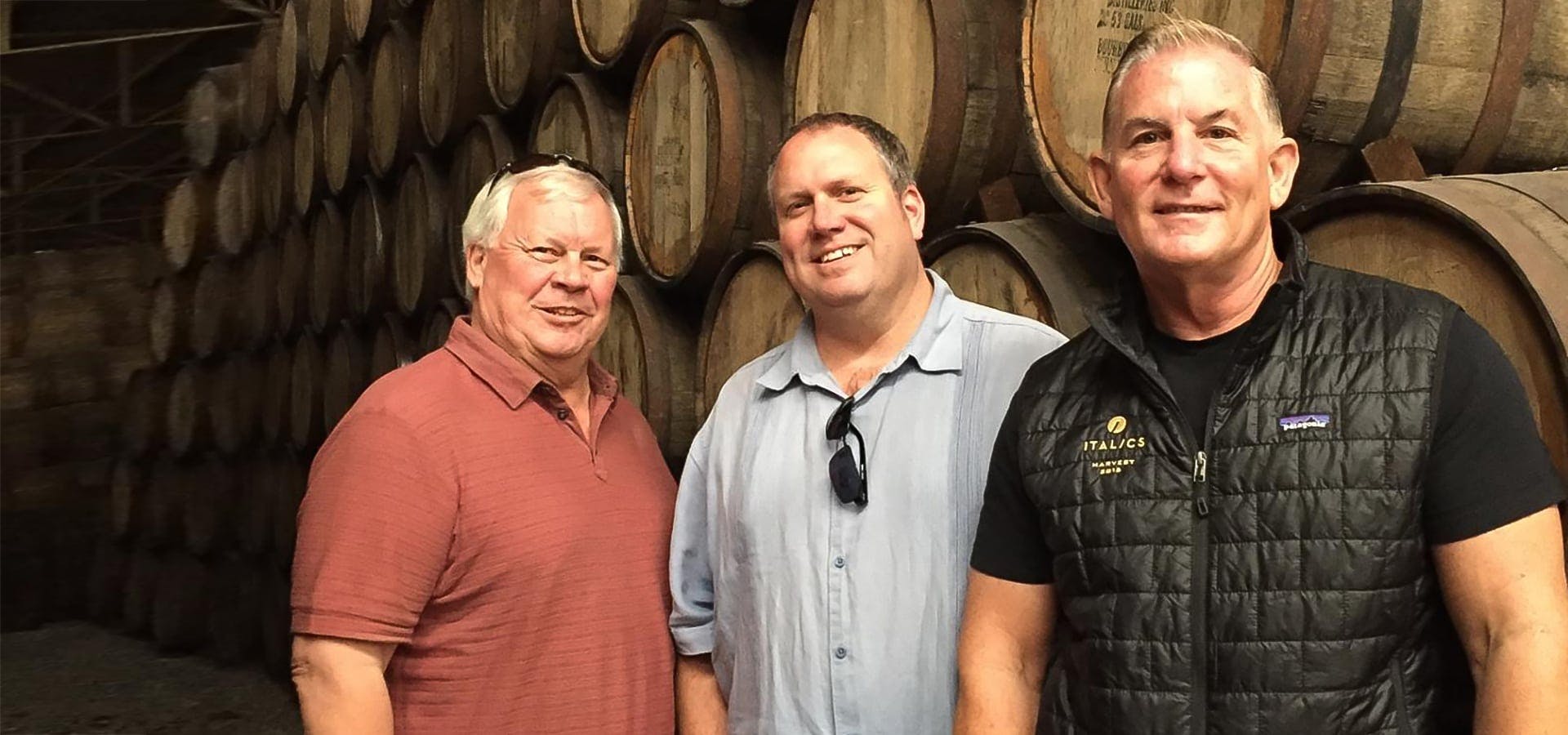For the past twenty-plus years of Steve Reynolds’ life, wine and tequila have intertwined.
The mingling began in 2000, when Reynolds hosted his first professional wine dinner. As he prepared himself for that task, Reynolds was nervous. He knew he would have to speak in front of a large group of people, but he wasn’t sure if he could eloquently pull it off. He also knew that he wanted to make a point of thanking all of the field hands and Mexican workers at his winery who were instrumental in the wine’s production. As Reynolds reflects, they were the “hard-working, loving, wonderful people with no egos or attitude.”

Reynolds conferred with one of those workers, who encouraged him to have some tequila just before the dinner. That would help him to speak well, Reynolds was told. So when time came for the winemaker to speak at the dinner, Reynolds first ordered a shot of tequila at the bar but then hedged his bets by buying every dinner guest a shot, too. “There are 99 hands that touch this bottle of wine before it comes to this table,” he told those dinner guests, “but nobody ever thanks those guys.”
The speech—and the liquid courage that was poured just before it—established a tradition, and for the past 21 years, Reynolds has led a surprise toast of tequila at every wine dinner he’s hosted, paying tribute to the field workers who are employed at Reynolds Family Winery, all of whom play a pivotal role in the creation of the various expressions that are eventually bottled, sold, and enjoyed.
Almost a decade ago, Reynolds decided to further his own tequila education. By that point in time, luxury tequilas had begun to take root, and as more Americans rediscovered the agave-based spirit they began to formulate more questions about the high-quality tequilas that they were tasting. As Reynolds recalls, many people (including guests at his wine dinners) perceived him to be a tequila expert—the Obi Wan Kenobi of tequila, he jokes—but Reynolds knew that his knowledge base was limited.
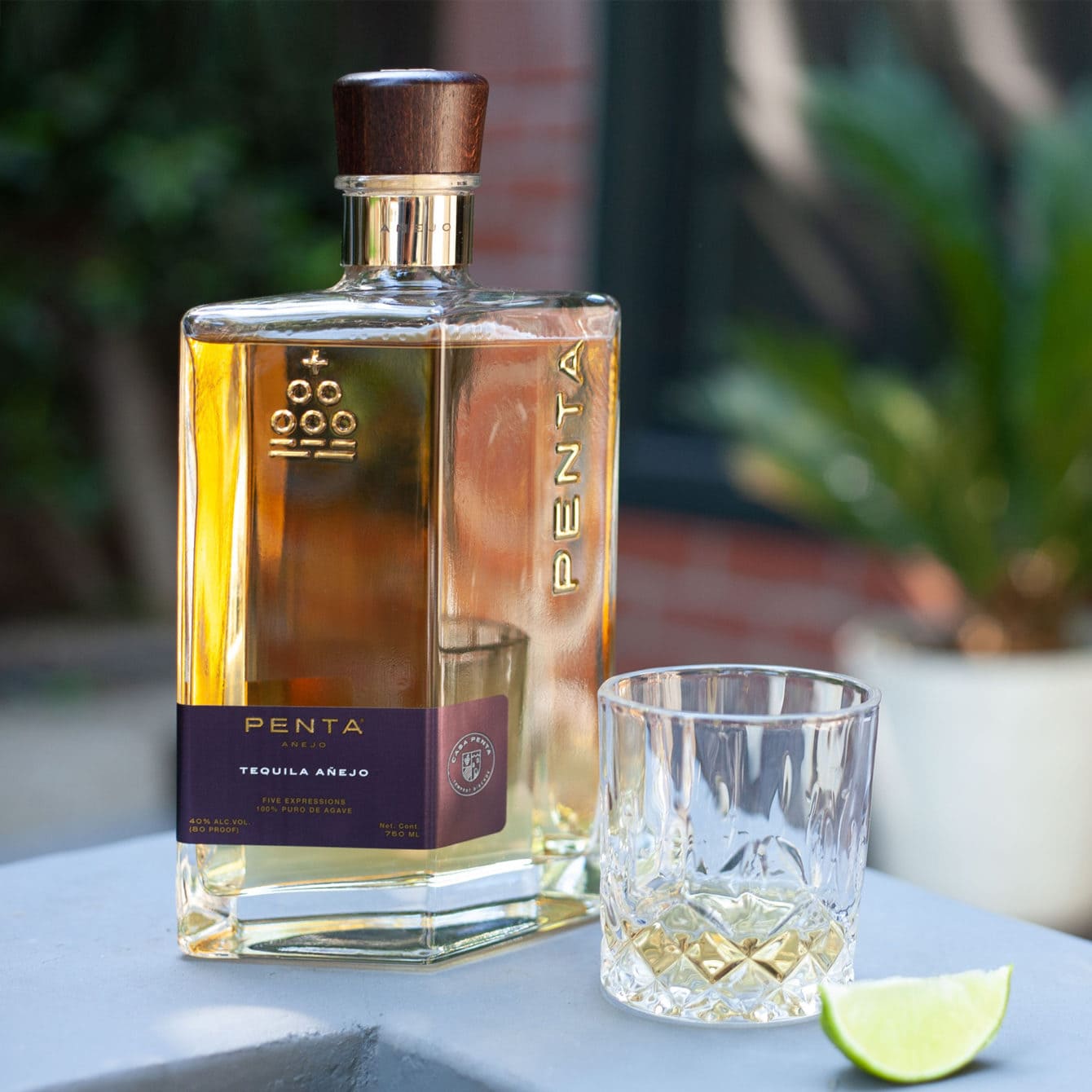
“I had brands that I liked, and I’d go to Cabo a lot, but I never really stepped out into that other world,” he says. “So I did it. I went down and did my walkabout. I realized that there are 32 Mexican states but only five of them can make tequila. I poked around and asked, ‘Has anyone made a tequila that encompassed all five regions?’” The answer that he received sparked an aspiration to make a tequila of his own.
The 61-year-old has long been known as “the mad scientist” within the winemaking community. Appropriately, Reynolds spearheaded a project 20 years ago to create a red blend made up of the most exemplary wines in Napa Valley—one from each of the then 13 recognized growing regions. As he reflects, the product of that experiment, called Appellations, became “an uber cult wine,” and it sprung to the forefront of his mind when he learned that no one had ever made a tequila that encompassed all five of the Mexican states where the country’s most famous exported spirit could legally be made.
“That was where it started,” Reynolds says. “It was piggybacking on the idea of the sum of the parts being better. As I poked around, I realized that there haven’t been many advances in the last 100 years or so with tequila; and when I realized that there had never been a tequila made that way, I wondered, ‘Could it be better?’”
“We might have just shined a light in a direction where others will go and may even surpass us. I’d be proud to just feel like we had something to do with it.”
Reynolds returned to Napa Valley and soon formed a partnership with four other winemaking friends. Together, they set out to establish a new tequila brand, one that created sophisticated agave-based expressions crafted in the winemaking tradition. The co-founders settled on the name Penta Tequila, which reflects not only the brand’s five co-founders but also the five Mexican states where the brand’s blue weber agave plants are grown.
Despite their clear vision and strong winemaking fundamentals, Penta’s co-founders quickly discovered that the venture would require incredible patience. “Some of the distilleries wanted us to fly down and formally break bread with them to even have a conversation,” Reynolds recalls. “It’s a bit of a dance—and a beautiful one. They’re very proud. It’s a tight-knit cultural industry.”
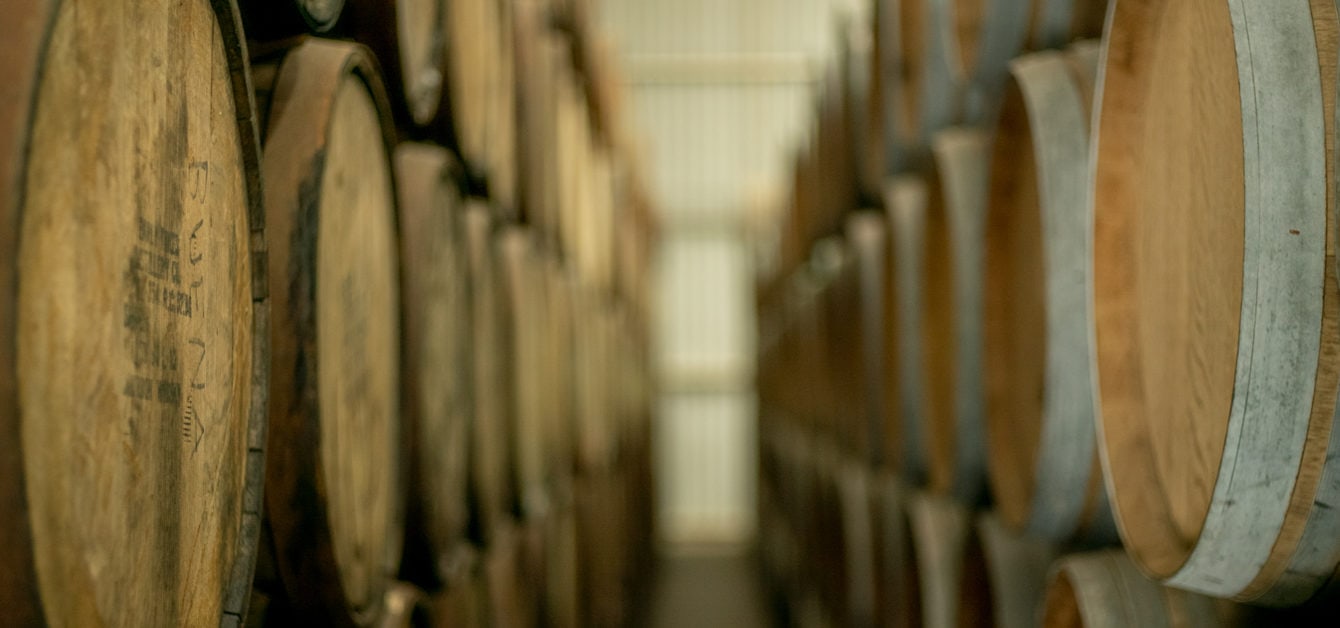
After two years pitching their idea to anyone within the tequila-making industry who would listen, the five California winemakers were no closer to bottling a revolutionary tequila than they had been at the very beginning. Only through the help of a Mexican employee at one of the co-founders’ development firms in Cabo San Lucas were Reynolds and his partners eventually introduced to the Aceves brothers, three private label tequila experts who effectively create spirit brands for their clients. With the Aceves brothers’ help, Penta’s winemaking founders finally connected with an open-minded distillery and the project took its first strong steps forward. Despite that progress, the founders’ patience was still needed.
Reynolds and his partners had aspirations and desires that went beyond the mere blending of tequila from all five Mexican states. They wanted to bring winemaking applications to the distilling craft in numerous ways. For starters, they saw inefficiencies in how the agave plants were prepped for the initial cooking process. Traditionally, those plants were simply harvested, cut and half, and either roasted or steamed with the skin still attached. But as Reynolds knew from making wine, the skin of a fruit is bitter, so why not remove it before the agave is cooked; the juice is extracted; and the liquid is fermented and ultimately distilled?
Similarly, he noticed that the fibrous core of the plant remained intact, and those fibers, he knew, were made up mostly of cellulose, which produces methanol during fermentation. Leaving that fibrous core intact produced more liquid at the onset, but it meant that the tequila would need to be distilled longer (or distilled more times) to cleanse the final distillate of those dangerous alcohols. In doing so, that lengthened distillation would also strip the liquid of some of the desirable flavors and aromas.

Removing the undesirable parts of the plant at the beginning of the process made sense to Reynolds and his partners, but the Mexican distillers who were working with them required more convincing. “They’re very proud and they kept saying ‘No, we don’t do it this way,’ Reynolds remembers. “So we had to be very ginger about the conversation that we would have with them. We couldn’t say they were wrong; we just had to open their minds.”
Eventually, Reynolds persuaded the distillery to allow him to experiment with a small tank of tequila made to his specifications. That included Reynolds’ desire to use champagne yeast during the fermentation and to age the tequila in new French oak barrels, rather than the customary ex-bourbon and American oak casks. The tequila that was born from those efforts became Penta Diamante ($100), a cristalino that is aged for seven months and then charcoal-filtered through a gravity-assisted patented process that removes from the liquid the color that was imparted by the barrel but preserves the desirable flavors and aromas that the liquid extracted from the wood.
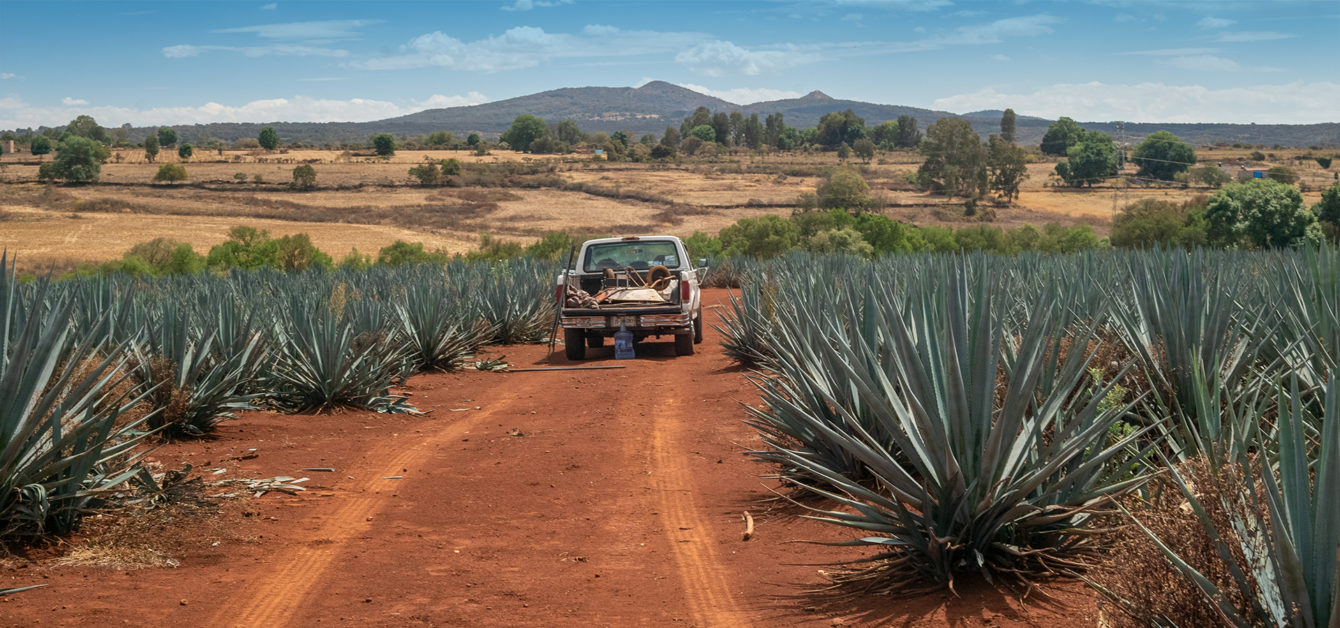
According to Reynolds, Diamante was crafted specifically to appeal to the American palate. It’s soft, velvety in mouthfeel, and delivers hints of vanilla and prominent flavors that celebrate the sweet, fruity characteristics of the agave plant. It differs from tequilas distilled for Mexican preferences, as those spirits are more herbaceous; they showcase more of the terroir and less of the fruity notes of the agave plant; and they’re typically characterized by a more prominent spice note that lingers on the finish.
By contrast, Penta’s añejo ($150) and reposado ($125), both of which were unveiled alongside the cristalino in March of 2020, represent a marriage of Mexican and American ideals. Both expressions are a blend of tequilas that were fermented using traditional tequila yeast, as well as champagne yeast, and both spent time maturing in Hungarian, French, and American oak casks. “Unlike the Diamante, which was that simplistic vision of one simple champagne yeast and French oak, now you’re getting all kinds of layering of character,” Reynolds explains. “We’re using all kinds of blending and layering techniques to create more caramel, brown sugar, cinnamon, and spice notes.
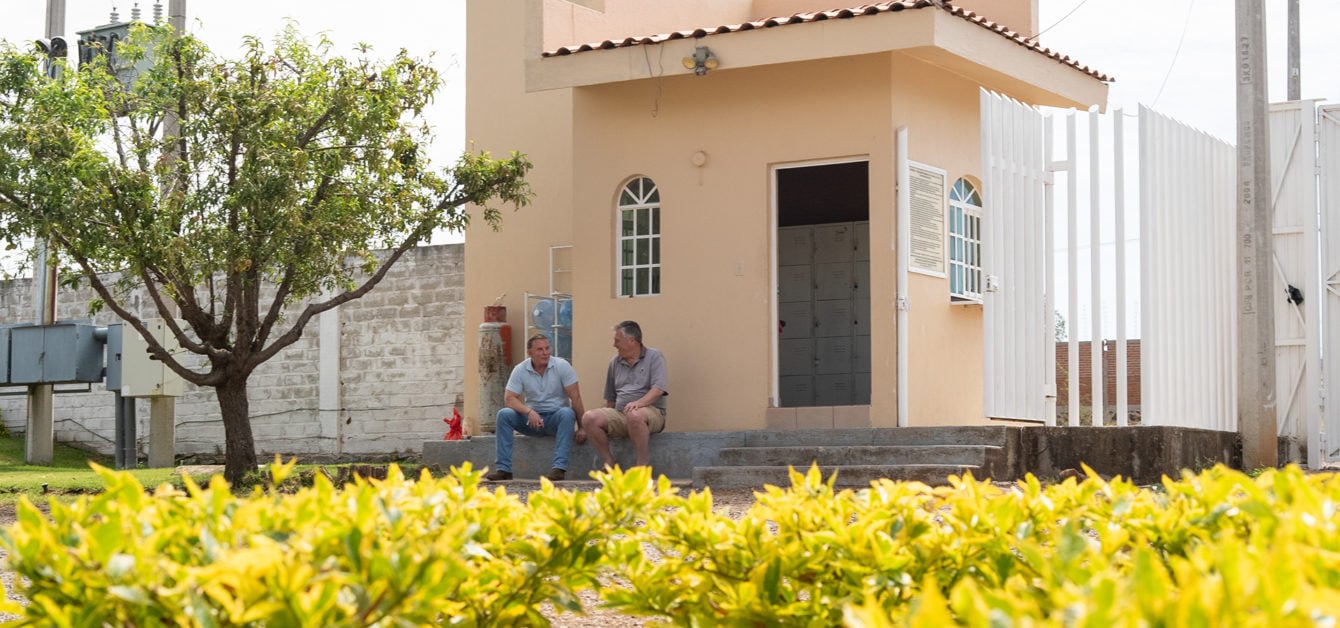
“I feel like we’re on the cutting edge of knowing more about expressing the flavors of new wood,” he continues. “That’s really what this whole thing is about—expressing more of the sweet character of the fruit and naturally instilling flavors. That’s why it’s taken so long to get to market and what totally differentiates Penta from the other brands.”
On the topic of other brands—and with a look to the future—Reynolds is confident that existing tequila companies will continue to invest the necessary resources to improve their products, especially now that a strong market for luxury tequila exists. He believes newcomers are also likely to emerge that will further the artisan-led movement to produce elegant and refined craft tequilas. Where Penta ultimately lands in that broader story of tequila’s evolution remains a mystery. “We might have just shined a light in a direction where others will go and may even surpass us,” Reynolds says. “I’d be proud to just feel like we had something to do with it.”
As for Penta’s future, Reynolds is more confident in his prognostications. “I feel like we have miles to go,” he says. “We’re just scratching the surface of where we can take this.”





